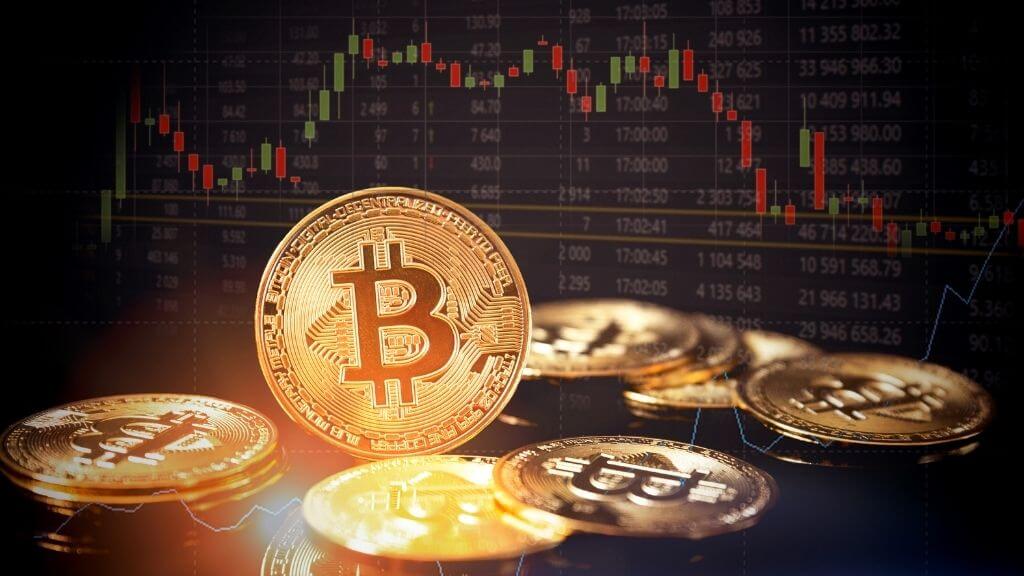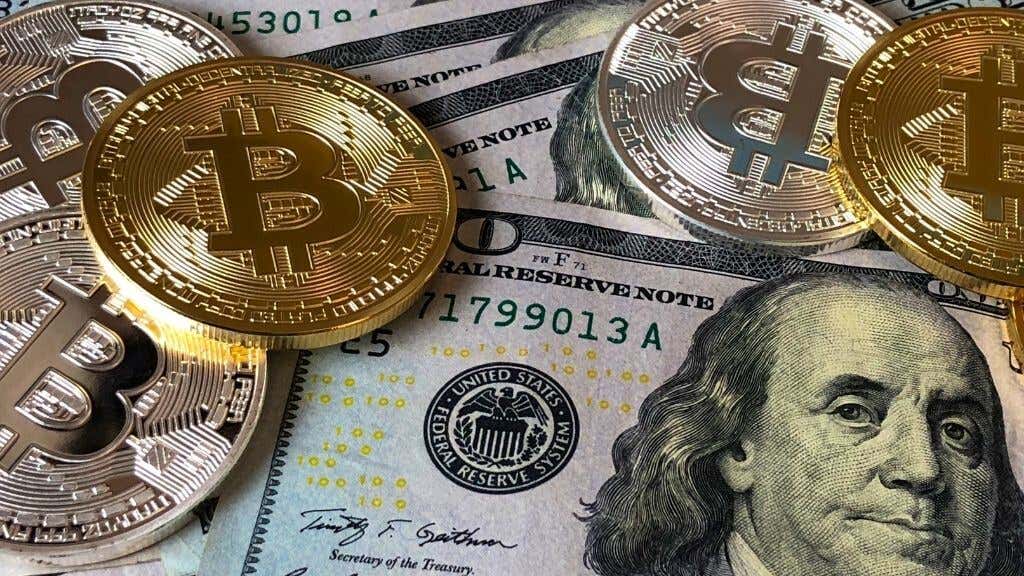What Is a Cryptocurrency?
Cryptocurrency is digital money that doesn’t rely on a central record keeper like a bank or a government institution to keep track of account balances and transactions. This grants cryptocurrencies a level of anonymity similar to traditional cash, although no cryptocurrency is genuinely anonymous, despite what you might have heard. Even worse, given how cryptocurrencies work, your cryptocurrency transactions may be de-anonymized in the future.How can this happen? Cryptocurrencies use a distributed decentralized ledger known as a blockchain to keep a permanent record of every transaction made using the currency. Cryptocurrency accounts, known as “wallets,” don’t have the names of people attached to them, but each wallet is unique, and that wallet’s address is a matter of public record on the blockchain. So if you wanted to know who a wallet belonged to, you’d simply have to find third-party information that ties a wallet to a specific person.Cryptocurrencies are so named because they use cryptographic methods and technologies to secure the blockchain ledger against tampering. Cryptography is also a key part of how more currency is released into circulation, a process known as mining, which we’ll cover a little later. So, to sum up:
Cryptocurrency is digital cash.It’s decentralized and is not controlled by any institution.It uses a distributed public ledger known as the blockchain.Cryptographic methods and technology are central to cryptocurrencies.
How Is a Cryptocurrency Created?
Cryptocurrency is software. It’s a computer program running on computers connected to a network. So if you want to create a cryptocurrency, you have to write the software that makes it all possible.Many cryptocurrencies are Open Source, so you don’t need to start from scratch when building your own coin. The complex math has already been solved, and whole communities of coders are working on making newer, better cryptocurrencies based on older iterations.Suppose you want to make your own cryptocurrency from scratch. Then, you’ll have to solve several problems. These can be how to ensure your ledger can’t be tampered with, how to verify transactions, and, most importantly, how you’re going to get the computing power to process all the functions a cryptocurrency needs to function?For blockchain-based cryptocurrencies such as Bitcoin, the answer to that question is mining.
What Does It Mean To “Mine” Cryptocurrency?
A crypto miner is a computer that verifies transactions before they are added to the blockchain. In the case of Bitcoin, transactions are added in 1MB blocks, but the exact size varies from one type of currency to the next.When a block of transactions is verified and added to the chain, the miner that verified the block is repaid for that work in newly “minted” or “unearthed” cryptocurrency. In this way, people are motivated to provide the computer equipment and energy needed to power the currency.Validating transactions isn’t challenging for modern computers, so how is the reward for validating a new block awarded? This is where it gets a little weird, but it makes sense. The miner must present the validated block of transactions and the answer to a challenging cryptographic puzzle to be awarded. Basically, it’s like you’ve been given a combination lock, and you have to guess the combination over and over until you get it. For a four-digit lock, you’d have to guess (at most) 10,000 times before getting it right. If you and someone else compete to guess the combination first, whoever can make the most guesses in the shortest amount of time has the highest chance of hitting on the right combination.This is what happens with mining, except there may be billions or trillions of possible combinations. Hence, you need a lot of computing power to get enough guesses in (called the hash rate) to have a chance of being first and getting the juicy rewards.Different currencies vary on this basic concept, known as “proof of work.” Unfortunately, there are many problems with the proof of work model we don’t have the space to discuss here. Still, alternative methods such as “proof of stake” are also making their way into the cryptocurrency world.
Why Does Cryptocurrency Have Value?
So why does Bitcoin, Ethereum, or (seriously) DogeCoin have any real-world value at all? This isn’t a technology question but rather one of human psychology and sociology.We use specific materials in the physical world (e.g., gold or silver) as a proxy for value. For example, a material such as gold certainly has intrinsic value as a metal, but it doesn’t have any objective value as something used for trade.Money used to be a stand-in for diamonds, oil, or gold. In other words, the total amount of money was equal to stockpiles of actual commodities that “backed” the currency. This commodity currency has fallen out of favor, and countries like the USA use fiat currency. In other words, the US Dollar is worth something because the US government says it is. It’s backed by a more abstract measure of economic power.Cryptocurrency has more in common with commodity currencies than fiat currencies in the sense that it requires effort (mining) to extract more of it and that at any given time, there’s a limited supply of it.Cryptocurrency gains value as soon as people decide it’s worth trading something valuable for. On May 22 in 2010, the first commercial Bitcoin transaction happened when someone paid 10,000 BTC for two pizzas valued at $40. With a base value established, the currency could trade because two parties had agreed on their value and other parties followed suit. Today those 10,000 BTC are worth just short of $60,000! How did they become so valuable?
How Does Cryptocurrency Gain or Lose Value?
Understanding how we got to these sky-high cryptocurrency values and significant fluctuations in value is complicated. Some currencies (such as Bitcoin) have built-in supply limits to combat inflation from oversupply. As such, the increase in the value of a single Bitcoin isn’t really the result of inflation or deflation. Instead, currencies like Bitcoin have become speculative commodities such as gold or stocks.Rather than using cryptocurrency as a day-to-day currency as intended, people speculate on cryptocurrency, driving up the price as demand increases and supply drops. Then they sell off their cryptocurrency in exchange for fiat currencies such as the US Dollar. This drives down the cryptocurrency price as more and more people dump their supply, flooding the market. The whole cycle starts up again, but as market expectations and mass-market behaviors take effect, there’s been an overall upward trend as people wait longer to sell and sell harder when they do.Hopefully, one-day currencies such as Bitcoin or Ethereum will stabilize and become suitable as actual currencies. Still, that day seems far off, and for now, they largely remain a speculative commodity.





